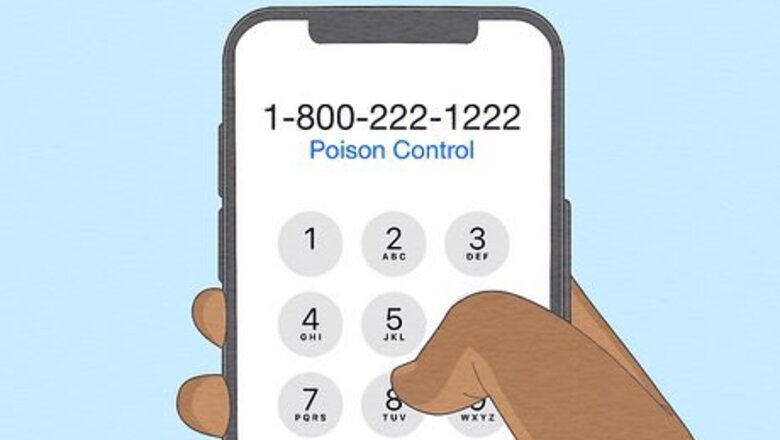
views
- Call Poison Control at 1-800-222-1222 for immediate medical guidance. If you live outside of the US, click here for a directory of international hotlines.
- Never force the victim to vomit up the gasoline. If they do vomit, keep their head down so the gasoline doesn’t make it to their lungs.
- Call emergency services immediately if the victim is unresponsive, seizing, or having trouble breathing.
Small Amounts of Gasoline
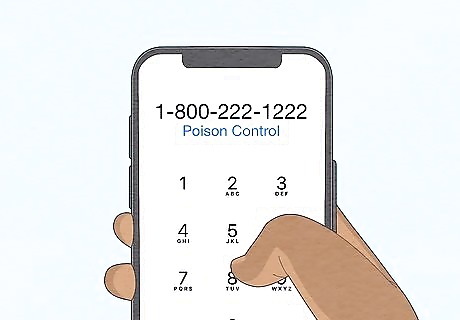
Call Poison Control right away at 1-800-222-1222. Share some basic information about the victim, like their age, weight, and current symptoms. It’s also important to mention how much gasoline was swallowed, as well as when it was swallowed. Poison Control puts you in touch with a medical expert who can give you specific first-aid advice. They can also advise on whether or not you need emergency medical assistance. You can also use Poison Control’s diagnostic website for quick first-aid guidance. If you live outside of the US, click here for an international directory of poison control hotlines. In most cases, drinking a little gasoline won’t cause any harm, so don’t panic. That said, gasoline contains harmful chemicals that can potentially lead to dangerous side effects (like trouble breathing and vomiting). So, it’s important to get medical guidance as soon as possible. Warning: Call emergency services immediately if the individual who swallowed gasoline struggles to breathe, is unresponsive, and/or seizes.

Stay with the victim and help them remain calm. Remind the victim that they’re not alone and that you’ve already taken steps to help them stay safe and healthy. If they’re starting to panic, sit next to them and breathe slowly in and out—this can help them to manage their breathing, too. If the person is really starting to panic, encourage them breathe along slowly with you.

Watch for vomiting but don’t encourage them to do it. If the person vomits up the gasoline, they risk getting some of the toxins into their lungs, which is even worse than having it in their stomach. If they throw up independently, help them keep their head down so the gasoline is less likely to be aspirated. Only induce vomiting if a poison control expert advises you to. Getting gasoline in the lungs can lead to serious issues, such as breathing difficulties or contracting pneumonia.
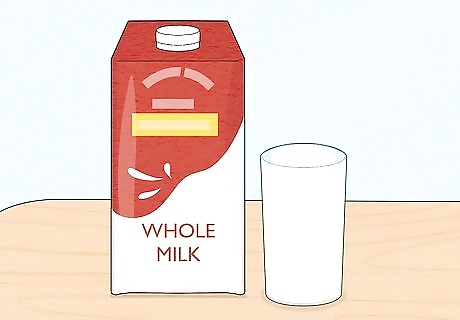
Give the victim a glass of water or milk to drink after rinsing their mouth out with water. Encourage them to drink slowly to avoid coughing or choking. If the victim is not conscious or able to drink on their own, do not try to administer fluids, but instead call emergency services immediately. Always double-check with a poison control expert before letting the victim drink anything. Steer clear of alcoholic or carbonated beverages, as they could make the victim’s stomach hurt more.

Help the victim get any gasoline off of their skin. Make sure the victim removes any clothing that came in contact with the gasoline. Then, rinse off the affected skin with plenty of water for a minimum of 15 minutes. If gasoline gets in their eyes: Help the victim rinse out their eyes with plenty of clean water for at least 15 minutes. If they breathed in gasoline: Encourage them to head outside and get plenty of fresh If the gasoline is on their clothes: Air the clothes out for at least 24 hours, giving the fumes a chance to evaporate before being laundered. Then, wash the clothes separately from other your other garments in hot water with ⁄4 c (59 mL) of ammonia and a tiny bit of laundry detergent. Never tumble-dry clothes that smell like gasoline, or else they could combust.
Large Amounts of Gasoline

Get the gasoline away from the person. The first priority is to make sure that the victim does not ingest any more gasoline. If the victim is unconscious, proceed directly to the next step. If you suspect that your child has swallowed gasoline but don’t know how much, treat it as an emergency situation and call emergency services.
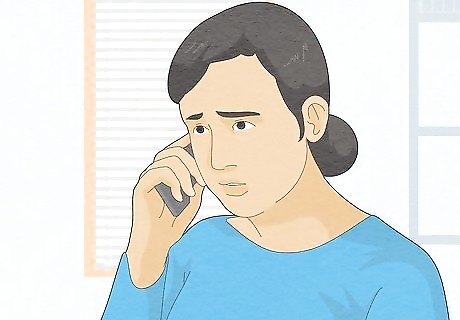
Call emergency services. Explain the situation in as much detail as you can, mentioning the victim’s age and what symptoms they’re experiencing. If the victim is a child, make it very clear that you require immediate assistance. Gasoline poisoning can present a wide range of symptoms, including abdominal pain, a swollen throat, trouble breathing, dizziness, drowsiness, weakness, staggering, and more.
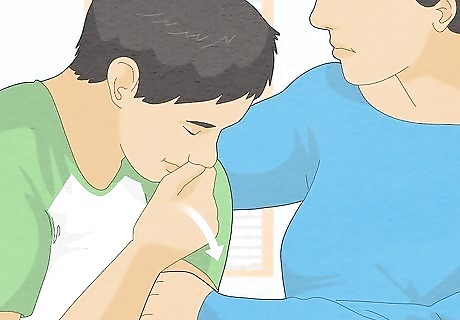
Monitor the victim closely. If the victim is conscious, reassure them that help is on the way, and do not encourage vomiting. If the person seems able, offer them water to drink, and help them remove any gasoline-covered clothing and rinse any gasoline from their skin. If the victim vomits: Help them lean forward, or turn their head to the side to prevent choking and aspiration. Be on the lookout for serious side effects like seizures, a lack of responsiveness, low blood pressure, and complete collapse.
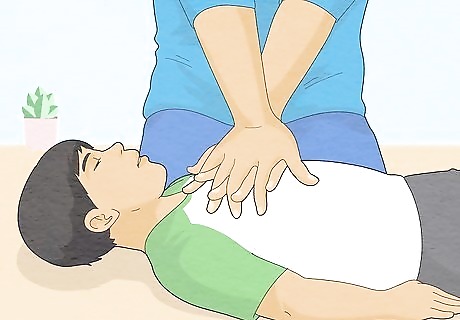
Perform CPR immediately if the victim stops breathing. Roll the victim onto their back and begin chest compressions. For each compression, push down on the center of the victim's chest 2 in (5.1 cm). Give 30 rapid compressions at a rate of about 100 per minute. Then tilt the victim's head back and lift their chin. Pinch the victim's nose, and blow into their mouth until you see their chest rise. Give two breaths that each last about 1 second, and then another series of chest compressions. Repeat the cycle of 30 chest compressions and two breaths until the victim recovers or help arrives. If you are on the phone with emergency services, the operator will coach you through the process of administering CPR.










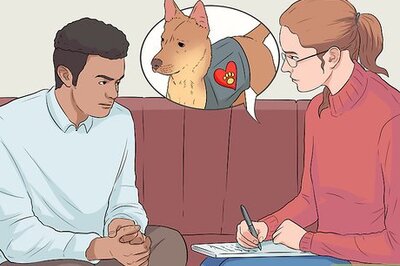
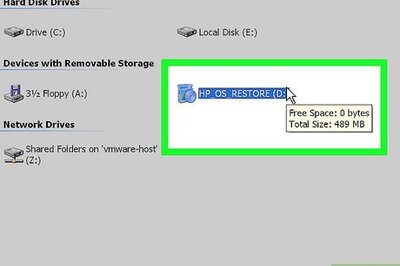







Comments
0 comment